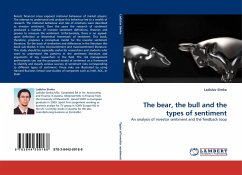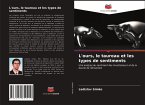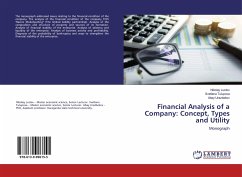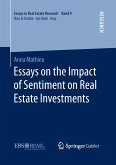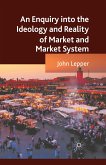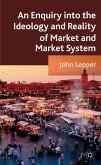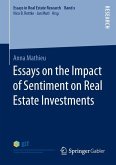Recent financial crises exposed irrational behaviour of market players. The attempt to understand and analyze this behaviour led to a wealth of research. The irrational behaviour and role of emotions were described as investor sentiment. Over the years the research of sentiment produced a number of investor sentiment definitions, theories and proxies to measure the sentiment. Unfortunately, there is no agreed-upon definition or theoretical framework of sentiment. This book, therefore, proposes a conceptual model for the investor sentiment literature. On the basis of similarities and differences in the literature this book sub-divides it into microsentiment and macrosentiment literature. This study should be especially useful for researchers and students who want to understand the patterns in the sentiment literature and arguments of key researchers in the field. The risk management professionals can use the proposed model of sentiment as a framework to identify and classify various sources of sentiment risks corresponding to different types of sentiment. These risks are illustrated by using Harvard Business School case-studies of companies such as Intel, AOL, or Shell.
Bitte wählen Sie Ihr Anliegen aus.
Rechnungen
Retourenschein anfordern
Bestellstatus
Storno

